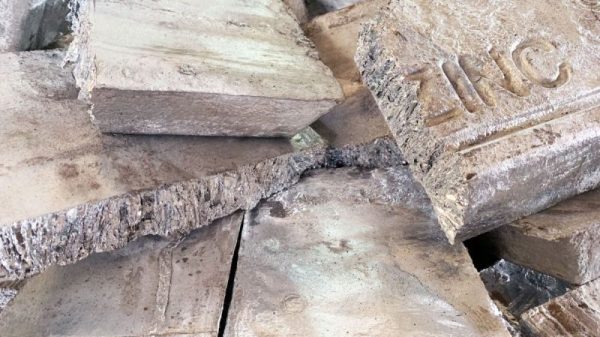While it is too early to determine with any certainty what caused a devastating airplane crash in Brazil last week, air disaster experts say the incident bears similarity to a landmark crash 30 years ago that triggered major safety reforms.
Friday’s Voepass 2283 flight from Cascavel, near Brazil’s border with Paraguay, to Guarulhos in São Paulo state, crashed after flying through an area where “severe icing” was forecast between 12,000 and 21,000 feet, according to a publicly available alert to pilots.
The flight was cruising at 17,000 feet, according to data from FlightAware, when the pilots appeared to lose control.
Numerous videos posted on social media show the turboprop ATR 72 in an apparent flat spin as it spiraled toward the ground with no visible forward movement. All 62 passengers and the crew were killed when the plane crashed near Vinhedo, making it 2024’s deadliest crash of a commercial airliner.
In-flight icing can “distort the flow of air over the wing and adversely affect handling qualities,” according to Federal Aviation Administration documents, triggering an airplane to “roll or pitch uncontrollably, and recovery may be impossible.”
“Icing is perhaps the leading theory,” said former NTSB co-chair Bruce Landsberg. “As we progress through the investigation, things will start to solidify.”
A crash in 1994
The French-Italian ATR 72 has “checkered record” Goelz said. On October 31, 1994, an ATR 72 crashed in Roselawn, Indiana; the American Eagle flight 4184 had encountered severe, in-flight icing from freezing drizzle.
All 68 people on board were killed.
Significant testing followed that crash, and the Federal Aviation Administration mandated a modification to the deicing system on the front edge of ATR 72 wings as well as more training for pilots on severe ice encounters.
Today, and in the light of the Voepass incident, Goelz says, “I think the question of whether this plane is safe in icing is worth a serious revisit.”
There are roughly 800 ATR 72s flying worldwide today, according to Goelz. But no major airlines in the United States currently operate the ATR 72, meaning travelers in the US are unlikely to encounter them domestically, but could very well fly in one while traveling abroad.
The ATR 72 utilizes deicing “boots,” designed to expand and physically break apart ice that accumulates on wings. Jet airliners often use heat ducted from the engines to melt ice on the wings, known as bleed air.
“Turboprop aircraft don’t do as well as jet aircraft in severe weather conditions,” said Landsberg, who is writing a book on aviation safety including the Roselawn crash. “A jet likely would not have been at that altitude.”
Following reports of Friday’s crash, ATR said it was aware of an accident and is working to support investigators.
“Our first thoughts are with all the individuals affected by this event. The ATR specialists are fully engaged to support both the investigation and the customer,” the statement said.
Until investigators from Brazil and France begin to seriously dig into the crash, the cause will remain a mystery, Landsberg says. “Aviation safety doesn’t lend itself to quick answers.”

























